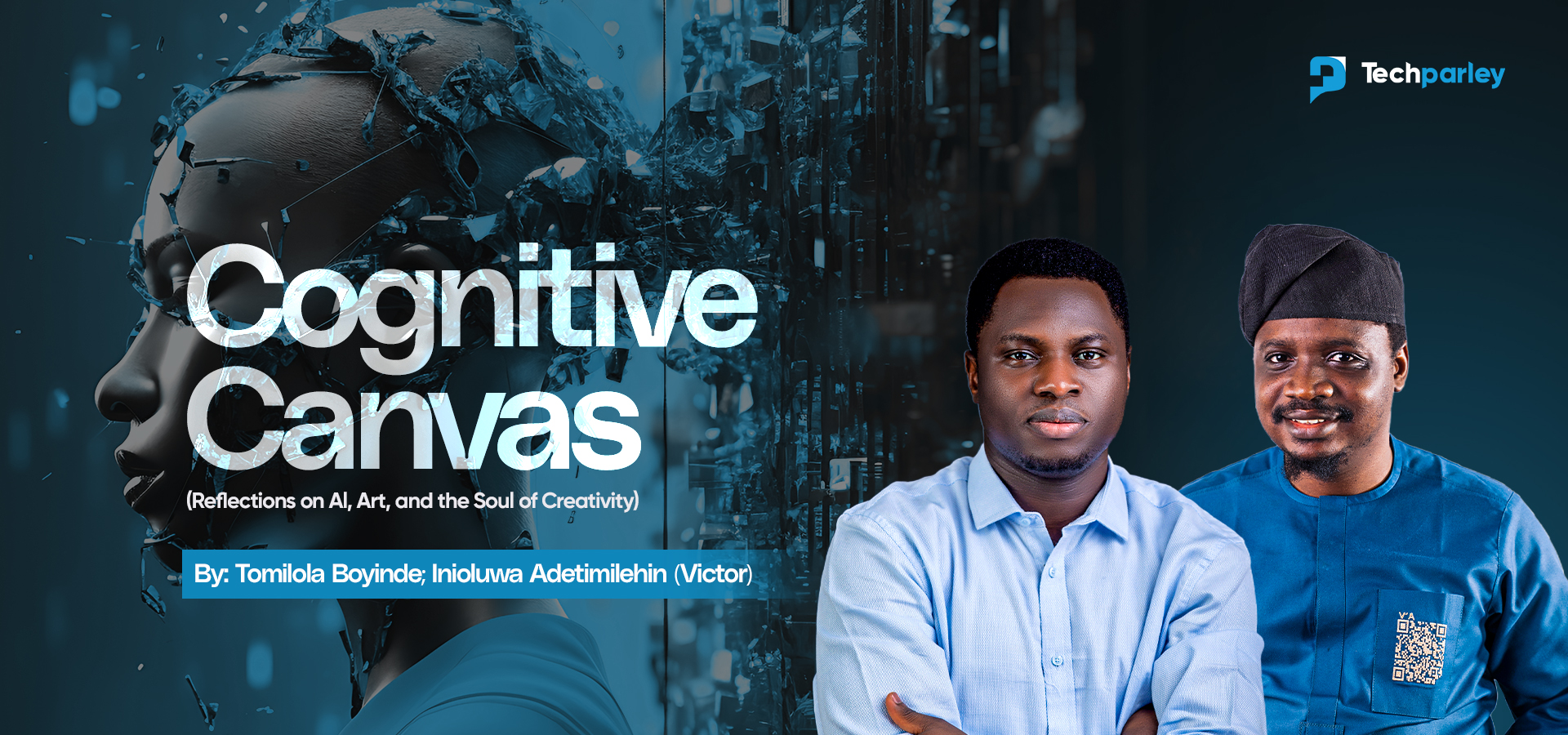Artificial intelligence has become the most powerful creative assistant humanity has ever known. With a few lines of text, anyone can summon images in the style of Picasso, generate sonnets in Shakespearean cadence, or produce music that could fill a concert hall. The barrier between idea and execution has never been thinner.
In these past few years, a new term has entered the creative and technological lexicon: prompt engineer. This title refers to individuals who master the craft of speaking to generative AI systems so fluently that they can coax precise, striking, or even uncanny outputs from them. Prompt engineers are the interpreters of possibility, translating human intention into machine-readable syntax. They wield tools, commands, and techniques like a painter holds brushes.
Yet, as dazzling as their skill may be, it raises unsettling questions: does prompt engineering equate to creativity? Or is it closer to mastering the user manual of a powerful machine? What does it mean to be creative in a world where machines can mimic artistry at will? Is mastering the tools enough, or is there something deeper, something only a human can provide, that keeps art alive?
The Rise of the Prompt Engineer
The emergence of prompt engineering reflects a broader shift in creative industries. The Forbes (2023) and MIT Technology Review (2024) have noted how companies now advertise for prompt engineers with salaries exceeding six figures. In Silicon Valley, these roles are framed as the new frontier of tech-driven creativity. But as the hype settles, one wonders if “prompt engineers’ understanding of the tools” equals “true creatives’ understanding of the craft.”
This tension between the prompt engineer, the one who knows how to speak to machines, and the true creative, the one who knows why they must create, is at the heart of today’s cultural conversation. Both are essential, but they are not the same. One constructs syntax, the other courts meaning. And the differences matter more than ever as we redefine creativity in the age of AI. This distinction matters because history reminds us that tools alone do not make an artist. The typewriter did not write Hemingway’s sentences. Photoshop did not conjure Cindy Sherman’s provocative photographs. And in the same vein, GPT-4 or Midjourney does not imbue a generated poem or image with meaning on its own.
It is worth recalling that every technological breakthrough has been met with similar fascination and skepticism. When the piano gained popularity in the 18th century, some purists argued it would make music too mechanical compared to the harpsichord. When the camera arrived in the 19th century, critics feared it would destroy painting. Yet in each case, it wasn’t the tool that determined the future of creativity, but the creative vision behind it.
Craft vs. Tools: The Heartbeat of Creativity
Creativity has always involved tools, but tools are not the soul of the process. The true creative, whether a sculptor chiseling marble or a poet arranging lines, moves from an inner necessity, a drive to communicate, to question, to express. The philosopher Rollo May (1975), argued that creativity is not just about novelty or skill but about confronting existential questions. It is born from tension, risk, and the need to make sense of human experience.
Contrast this with the prompt engineer’s work. A skilled prompt engineer can mimic the styles of Van Gogh, Toni Morrison, or Kendrick Lamar. They can generate breathtaking outputs in minutes. But if they cannot explain why a particular piece matters to them, if they cannot articulate its emotional, philosophical, or critical dimension, then their work risks becoming what one critic called “a beautiful death”: visually stunning but lifeless.
This isn’t to dismiss the power of AI-assisted creation. Rather, it’s to emphasize that craft involves more than producing outcomes; it involves embedding those outcomes with intention. A handcrafted basket woven by an artisan in Accra, Ghana is valued not only for its function or beauty but because it carries cultural memory, labor, and love. Think about meals. A home-cooked dish made with love holds a sweetness no Michelin-starred plate can quite replicate when stripped of intention.
Creativity works similarly: when we sense the heart behind the work, it resonates more deeply. The dish is not just food; the artwork is not just output. They are vessels conveying the enarmament of presence.
In this sense, prompt engineering can simulate style but not substance. It can mimic the brushstrokes but not the painter’s heartbeat. The distinction becomes even clearer when we think of music. Auto-tune, samplers, and drum machines transformed sound, but they didn’t erase the importance of the songwriter’s intent. Behind every synthesised beat is still a story, a reason why it was created.
Why Both Matter in the Age of AI
It would be tempting to dismiss prompt engineers as technicians, not creatives. But that misses the nuance. Both roles matter, and both will shape the creative landscape of the AI era.
Prompt engineers matter because they democratize access. Not everyone is a trained visual artist, but with the right prompt, a teenager in Lagos can create a poster that rivals a Madison Avenue ad agency’s draft. This echoes the way the Kodak camera in 1888 gave ordinary people access to photography, once a domain of specialists.
But true creatives matter because they carry the why. They are the ones who keep art tethered to human significance. Without the artist’s intentionality, AI risks becoming an endless loop of remixing the past without birthing anything new. As Jaron Lanier, computer scientist and critic of digital culture, wrote in You Are Not a Gadget (2010), the danger of purely computational creativity is that it flattens human expression into averages, erasing the rough edges that make art human.
This is why both roles must be in dialogue. Prompt engineers bring precision, scale, and efficiency. True creatives bring depth, philosophy, and heart. Together, they can create a new hybrid practice: one where AI expands the palette but the artist provides the soul.
Imagine a future stage play. A prompt engineer generates immersive backdrops and interactive characters at lightning speed. But the playwright provides the narrative spine, the emotional arc, the social critique, the reason for telling the story. One without the other is incomplete.
In the business world, this collaboration is already happening. Marketers are using AI to generate drafts of campaigns, but it still takes a strategist to connect with human emotion, cultural nuance, and brand identity. As Harvard Business Review (Wilson & Daugherty, 2018) observed, the most successful organizations in the AI era will be those that embrace collaborative intelligence, humans and machines working together, each contributing distinct strengths.
Returning to the Old Questions
Here’s the truth: none of these debates are new. Gen AI simply puts them in a sharper light. When the printing press was invented in the 15th century, critics worried it would cheapen knowledge.When synthesizers became common in the 20th century, musicians argued about real versus synthetic music. Every era asks: what makes something truly creative?
The answer tends to circle back to intention and meaning. Creativity is not just about producing novelty, it is about producing significance. Without the human drive to say something, to push boundaries, to express love, grief, protest, or joy, what we call art risks becoming ornament rather than expression.
That’s why handcrafted goods are prized. That’s why poetry slams still move audiences in ways a language model’s verse cannot. And that’s why the future of creativity in the age of AI will not belong solely to those who master tools, nor solely to those who cling to tradition, but to those who can hold both. To reinvent within constraints. To ask not just what can be made, but why it should exist at all.
As we reflect on this, we return to a question that lingers: “If you can’t talk about the art your AI created, is it really yours?” Perhaps the measure of true creativity is not just in the making but in the telling, the ability to situate the work in a larger story, to connect it back to the pulse of being human.
In the end, prompt engineers and true creatives are not enemies. They are collaborators in a long, ongoing conversation about what it means to create. But the heartbeat of creativity, the thing that keeps it alive, remains the same: a critical, emotional, and philosophical reason to make something at all.
References:
- The Forbes (Marr, 2023). The Hot New Job That Pays Six Figures: AI Prompt Engineering. URL: https://www.forbes.com/sites/bernardmarr/2023/05/11/the-hot-new-job-that-pays-six-figures-ai-prompt-engineering/
- MIT Technology Review (Metcalfe, 2024). Job titles of the future: AI prompt engineer. URL: https://www.technologyreview.com/2024/04/24/1091125/ai-prompt-engineer-generative-ai-job-titles/
- May, R. (1975). The Courage to Create. URL: https://wwnorton.com/books/9780393311068
- Lanier, J. (2010). You Are Not a Gadget: A Manifesto. Knopf. URL: https://mogami.neocities.org/files/gadget.pdf
- Wilson, H. J., & Daugherty, P. R. (2018). Collaborative Intelligence: Humans and AI Are Joining Forces. Harvard Business Review. URL: https://hbr.org/2018/07/collaborative-intelligence-humans-and-ai-are-joining-forces
Authored by:
Adetimilehin inioluwa Victor – Serial Creative: Poet | Essayist | Strategist | Founder:, Vic’Adex Concepts at vicadex.com
Adetimilehin Inioluwa Victor (Vic’Adex) is a serial creative and polymath who blends spoken-word poetry, painting, and communication to drive cultural innovations that advance human capital. Recognised among the top 10 contemporary spoken-word poets in Nigeria in 2015, he has since expanded his artistry into building creative safe spaces, thought leadership, and strategic communications. As an Engagement Manager at SCIDaR, he is shaping communication as a critical tool for improving social outcomes across the continent. Among his initiatives – each framed as “a Vic’Adex Concept”- are 60 Seconds Poet, Sip and Paint Abuja, and Vic’Adex Concepts & Aesthetic Resources. He continues to volunteer and contribute to social causes aligned with his creative and professional passions.
Tomilola Boyinde – Founder/CMO/Host, Bulbling247
Tomilola Boyinde is a serial creative, global marketing technologist and founder of Bulbling247, a global storytelling platform exploring creativity, technology, and innovation. He witnessed and documented the new world invention, innovation and emerging technologies exhibited at the World Expo Dubai. He has contributed to the marketing and growth of both Nigerian and global brands, blending strategy, creative storytelling, and technology to craft campaigns that resonate and inspire. With a passion for human-centered innovation, Tomilola champions untold stories, amplifies emerging voices, and drives creative solutions that connect culture, technology, and businesses globally.
The AI & Creativity series was birthed by the conversation on Bulbling247 podcast. Watch the episode here: https://www.youtube.com/watch?v=5kXatW9RMM8&t=1391s





